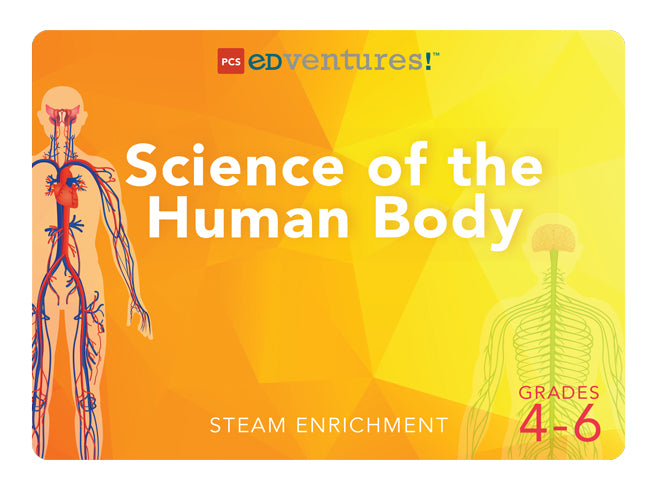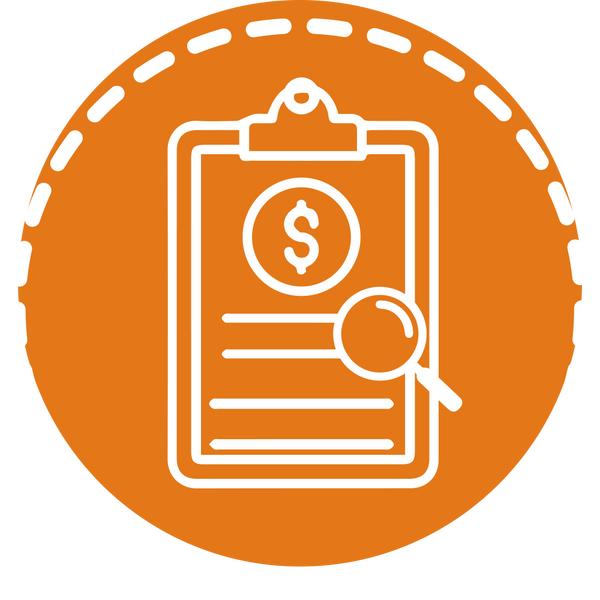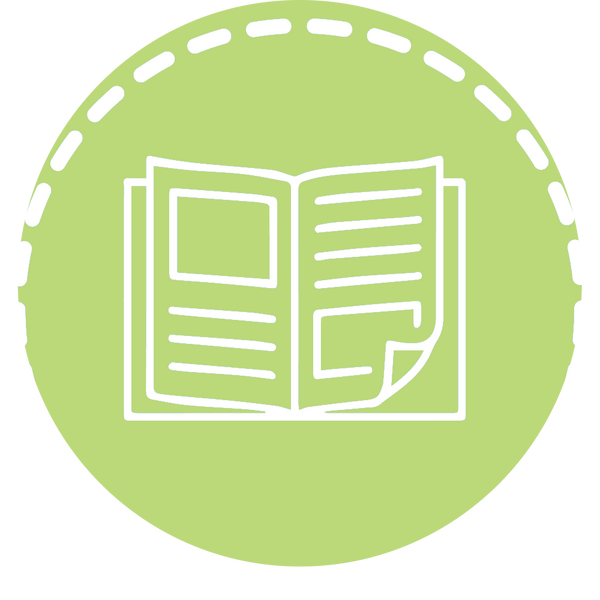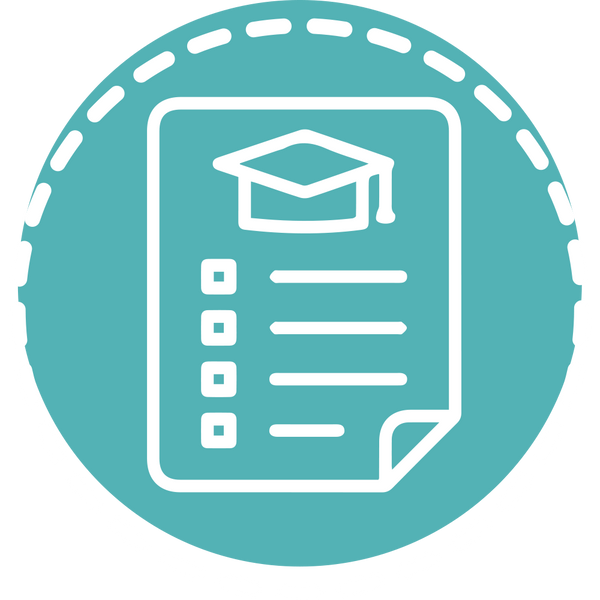
Cultivating Healthy Learners: Student Nutrition & the Human Body
There’s a certain power that comes from knowing how your body works. Like a mechanic and a prized hot-rod, when we learn about the human body — how our muscles move, why our cells divide — we’re not only better able to diagnose our systems that aren’t operating correctly, we’re able to better those systems.
Just like how you can’t change the oil in your car without first learning how to do it (and more importantly, why you should change your oil), learning about our bodies is the first step towards bettering ourselves, both physically and mentally. As one of the most substantial factors in maintaining a healthy lifestyle, nutrition is just as important as being active.
So, why should learners understand how their bodies work?
Why Students Should Learn about the Human Body:
It’s a simple question and one that echoes in the minds of frustrated math students worldwide: “Why do I need to know this?” Well, to put it simply, biology is the study of living things. If you’re reading this, you’re a living thing. To learn about yourself, you need to start by learning how your body works, a knowledge that begins with the word Homeostasis.
Homeostasis refers to the ability of the body or a cell to seek and maintain a condition of equilibrium or stability within its internal environment when dealing with external changes. In humans, homeostasis happens when the body regulates body temperature in an effort to maintain an internal temperature around 98.6 degrees Fahrenheit. (Biology Online.)
Many different systems make up our bodies, each interacting to provide a stable internal environment. When all systems are running smoothly, the body moves and regulates normally. But when even one of these systems is down, our bodies lose their equilibrium. We feel sick, out of balance, and in the worst case scenarios, we need medical attention. By studying biology and understanding the importance of homeostasis, we can better maintain that internal equilibrium.

While biology makes a great case as to why it’s valuable to know how the human body works, it hasn’t answered why there’s a necessity for biology’s inclusion in the classroom.
Studying biology makes for better learners.
Just like the mechanic, once learners understand how their body works and how their systems interact to maintain homeostasis, they can apply that knowledge towards bettering themselves and their minds.
Fostering Healthier Learners:
There are countless ways that a working knowledge of human biology leads to a healthier life, but to better understand one of the reasons, let’s look at what we put in our mouths.
Nutrition is vital to healthy living and one of the easiest to regulate. Eating provides our bodies with the fuel needed to maintain healthy systems. From powering each cell to nourishing the brain, it plays a major role in how well a body functions. When our bodies aren’t getting the proper type of fuel, they don’t work as well. When they are getting the necessary nutrients, they can perform at peak levels.
To the learners who don’t know that their bodies need specific nutrients to perform as intended, their knowledge of nutrition probably only goes as far as understanding that it’s good to eat good foods. They might know that what they eat matters, but may not realize that their diet directly affects how they learn and move. They haven’t made the conscious connection that, on a microscopic level, their choice of fast food over healthy food is a choice to fuel their cells improperly. To continue with the analogy, it’s like putting mud in your gas tank instead of rocket fuel.

This nutritional connection helps learners make decisions towards maintaining a healthy body and building better brains. According to Wilder Research:
Recent studies have demonstrated that nutrition affects students’ thinking skills, behavior, and health, all factors that impact academic performance. Research suggests that diets high in trans and saturated fats can negatively impact learning and memory, nutritional deficiencies early in life can affect the cognitive development of school-aged children, and access to nutrition improves students’ cognition, concentration, and energy levels.
For example, one study found that 5th grade students with less nutritious diets performed worse on a standardized literary assessment (Florence, Asbridge, & Veugelers, 2008). Another study discovered that 5th grade students who ate more fast food fared worse on math and reading scores (Li & O’Connell, 2012). Similarly, a study that analyzed a healthy eating campaign that banned junk food from schools and introduced healthier, freshly prepared school meals found that participating students scored higher on English and science tests than students who did not take part in the campaign (Belot & James, 2009).
Nutrition also indirectly impacts school performance. Poor nutrition can leave students’ susceptible to illness or lead to headaches and stomachaches, resulting in school absences (Brown, Beardslee, & Prothrow-Stith, 2008).
It’s only a sliver of human biology, but learning about nutrition proves a critical example of why it’s meaningful for learners to possess a working knowledge of the human body. By discovering why nutrition is important and how, on a biological level, what you eat affects your body and mind, learners can make the leap from “it’s good to eat good foods” to “I know why my body needs me to eat well.” Understanding the mechanisms at work means they can apply their knowledge towards improving their health, ultimately becoming stronger learners.
By learning how their bodies work, learners can improve their health, fitness, knowledge retention and learning capabilities.
Science of the Human Body:
As educators and life-long learners ourselves, PCS Edventures understands how important it is for learners to know how their bodies work. That’s why we developed the Science of the Human Body Enrichment Program.

Keying in on an interactive, authentic approach to human biology, Science of the Human Body lets learners digest the inner workings of the body through engaging, fast-paced lessons. Learners begin to unravel the mysteries of the human body through activities that get them up and moving, such as measuring heart rate and approximating energy expenditure after running for a minute.
Created for learners in grades 4-6, this program has learners discover how refueling with proper nutrition and maintaining health and fitness can lead to a happier life.
Covering some of the body’s most noteworthy systems, this enrichment program teaches about homeostasis by exploring topics such as bones, muscles, joints, the heart and lungs, guts, nerves, ears and eyes, skin, and most importantly, the mind.
To get a better idea of how Science of the Human Body introduces human biology curriculum in new, engaging ways, let’s take a look at activities featured during Day 6. Learners begin by creating a model of the human gut, exploring what the digestive system looks like and how it works. Next, they participate in a full-body movement activity during which they discover just how hard their digestive system works. Finally, learners discover how humans can refuel their bodies. You can try playing this no-prep game, Fuel or Flash, with your learners right away!
How to Play:
- Brainstorm and discuss various foods that help sustain energy and good nutrition: water, carbohydrates, proteins, fats, vitamins and minerals
- Explore the difference between simple and complex carbs
- Fuel: foods that bolster energy and keep us going
- Flash: foods that are mostly sugar and simple carbohydrates, giving a flash of energy and then dying out quickly
- Call out foods and encourage students to call out “Fuel!” or “Flash!” For example:
- Candy (Flash!)
- Banana (Fuel!)
- Soda (Flash!)
- String cheese (Fuel!)
- Etc.
Get your learners interested in the science behind their bodies' inner workings with this exciting enrichment program. Check out the link below for more information.
What’s in an Enrichment Program?
Intended for after-school and summer learning STEM programs, all PCS Edventures enrichment programs come with all the materials and curriculum you need to lead stimulating, authentic, and out-of-the-box activities proven to engage learners of all levels. With 12 one-hour lessons and open-ended extensions, each Enrichment Program introduces fun and interactive learning into any educational setting.
Every PCS enrichment program follows a similar teaching structure, with the package holding everything an instructor needs to start an authentic STEMventure. Developed for smooth implementation in any learning environment, these programs are approachable by any instructor. From a seasoned teacher to an after-school helper, the enrichment programs do all the work, allowing instructors to focus solely on facilitating learning.
An enrichment program includes 12 one-hour lessons. Flexible to fit all schedules, you can use one a day for twelve days or clump them together in longer blocks. Lessons can also be broken apart and worked in throughout a school year.
The beginning of each day’s lesson includes a quick overview of the day:
- STEM CONNECTIONS: The specific topics in the lesson connected to Science, Technology, Engineering or Math. Science and Engineering topics match the Disciplinary Core Ideas of the Next Generation Science Standards and Math topics are drawn from the Domains of the Common Core State Standards for Mathematics.
- DURATION: How long the lesson is designed to last. Each lesson is designed to last about 60 minutes and can be extended with the ideas generated at the end of each section.
- MATERIALS: A list of supplies needed for the day
- SCHEDULE: A list of the day’s activities in order and with estimated times for each part.
- OBJECTIVE: A brief performance goal for each lesson.
- PREP: A quick rundown of any preparation to take care of ahead of time.
The activities for each day all share a similar flow:
- Introduction: a short set of instructions for the beginning of each day.
- Activities: the step-by-step directions and guidelines for the day’s learning objectives.
- Wrap Up: a debrief discussion that revisits initial ideas and what was covered in the lesson.
- Check for Understanding: 2-3 short assessment questions to wrap up the day.
- Extensions: optional activities to extend the day’s lesson.
For more enrichment program options, check out A Year of STEAM Enrichment.
Conclusion:
When learners know how their bodies work, they know how to make them perform better. From making the right nutritional choices to understanding why our hearts beat the way they do, learning about human biology is the first step in leading a healthy life. Once learners understand how their body works to maintain homeostasis, they can apply that knowledge towards bettering themselves and their minds.
Written by Thayne Casper on 5/15/2018, updated by Jessica Ventre on 7/27/2022.








